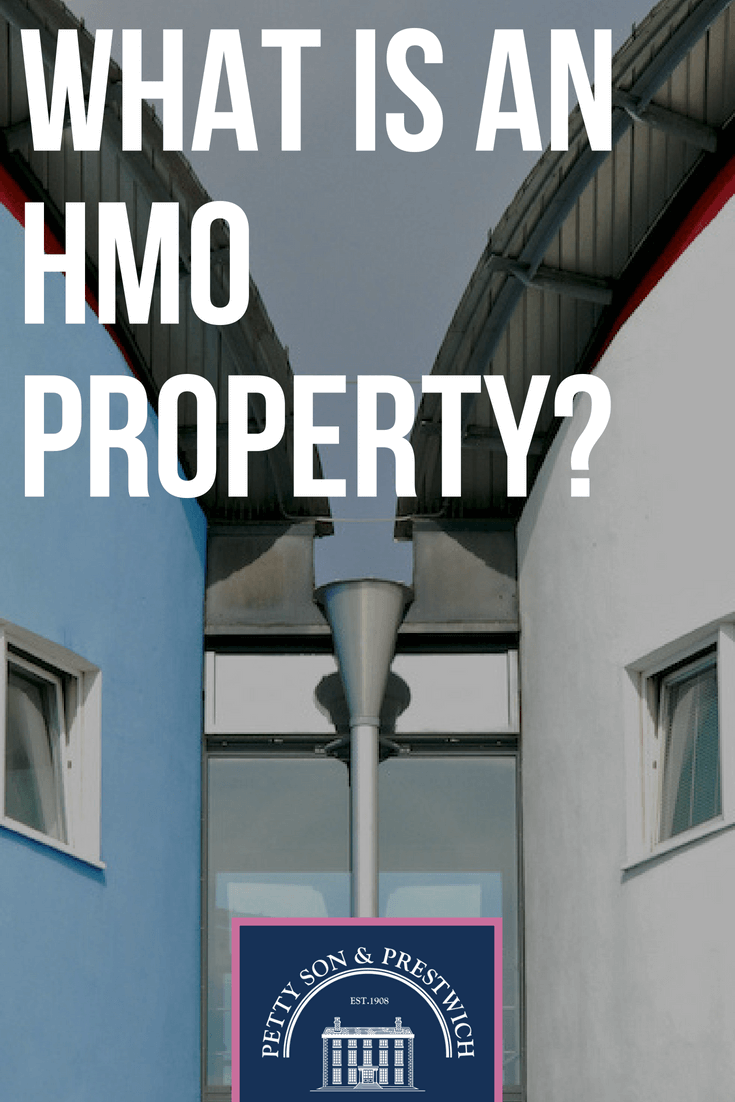Whether you’re a tenant searching for somewhere to live or a landlord looking for property to invest in, chances are you’ve come across the initialism ‘HMO’ at some point. What does it stand for? Well, in this post we’ll explore the question, ‘What is an HMO property?’ in detail, and we’ll also look at some of the key differences between HMOs and other rental properties, too.
What is an HMO property?
We’ll get the big question out of the way: ‘What is an HMO property exactly?’.
First, let’s look at what the initialism stands for: HMO means House in Multiple Occupation. Sounds straightforward enough, right? However, many types of accommodation could be deemed an HMO. These may include, but are not limited to:
- Hostels
- Buildings containing numerous bedsits with some shared facilities
- Shared houses
- Lodgings
- Buildings containing flats with their own facilities, but are not self-contained
- Private halls of residence
- Refuges
- Blocks of converted flats
- Employee accommodation
As you can see, the term can be quite broad. A good rule of thumb is a property which is occupied by three or more tenants, who form more than one household and share facilities such as a bathroom, toilet, or kitchen, could be deemed an HMO.
NOTE: Households are regarded as family members living together or single people living alone.
Which features determine whether or not a property is deemed to be a HMO?
In order to be deemed an HMO, properties must have four common features before being classified. These are:
- Occupants are not forming a single household (see note above)
- Occupants must be using the property as their only or main residence
- The accommodation must be used solely for residential purposes
- One of the occupants must be paying rent
These common features are applicable to individual flats, but different rules apply when taking whole converted blocks into consideration. All of the above conditions must be in place for a property to be legally classed as an HMO, unless a HMO declaration has been made by the local authority.
How do HMOs differ from other rental properties?

Health and safety standards in HMOs are taken extremely seriously by local authorities, so tenant’s grievances are likely to be acted upon should they be brought to the attention of their Tenant Liaison Officer (TLO).
Local councils (the Environmental Health Department, specifically) will listen to tenant’s complaints and ask landlords to address any issues they deem to be below par. Prosecution of landlords who fail to comply isn’t unheard of and, in extreme cases, the council may even take over the managerial duties of an HMO themselves.
What standards need to be maintained in HMOs?
As mentioned in the section above, HMO landlords need to keep on top of health and safety issues in order to remain compliant and avoid the wrath of their local authority. This, of course, is only right and proper.
Key things to keep in mind, should you be managing an HMO, are:
- Gas safety - annual checks
- Electrical safety - checks made every five years
- Fire safety - smoke and carbon monoxide alarms fitted and maintained
- Rubbish disposal facilities provided
- Adequate cooking, cleaning, and washing facilities provided and maintained
- Communal areas to be kept clear and clean
- Managing overcrowding issues
Do all HMOs require licensing?
In short, no. Licensing will usually be required when the HMO is deemed to be a Large HMO. According to the Private Renting section of gov.uk, a Large HMO is:
- A building at least 3 storeys high
- Housing at least 5 tenants, forming more than 1 household
- Facilities (bathroom, toilet, or kitchen) are shared with other occupants
If you are in doubt over whether or not your property is indeed an HMO, contact your local authority for guidance.
